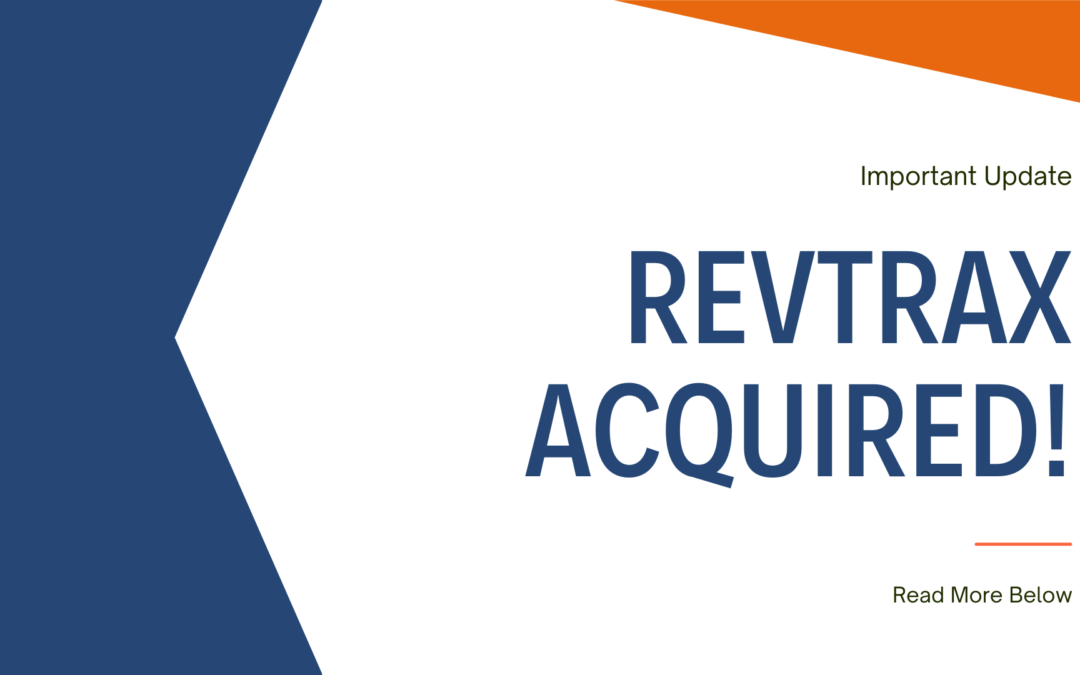RevTrax’s Predictive Purchase Data (PPD) engine is one of the tools brands have turned to as a way to find their audiences, even in the landscape of unidentified personas, and identify the data insights necessary to offer compelling promotions. What makes PPD such a step forward in targeting efforts is it allows brands to ramp up personalization efforts—according to Salesforce, 52 percent of customers expect personalized offers—while at the same time adhering to strict customer privacy regulations.
Finding Unidentified Audiences

In a previous post, we discussed potential strategies brands can take to fortify themselves against this tide change in customer retargeting efforts. First-party data will surely play a role in the future, but the time it takes to build those internal databases of customer information may be insufficient by the time they need to be actionable.
RevTrax, for its part, is at the vanguard of the discussion surrounding viable third-party cookie replacement strategies. The PPD tool was developed by analyzing more than a billion data points and tens of millions of transactions, which enabled us to build an engine of insights that can support identifying and targeting both known and unknown audiences.
Much like the third-party cookie replacement Google itself is developing, federated learning of cohorts (FLoC), RevTrax PPD uses machine learning and AI to group customers based on behavior. Because these behaviors are anonymized and customers are grouped together, it enables a way to target groups based on key indicators without harvesting individualized, personal data. It truly is a win-win for both brands and consumers.
Making the Most of the Data
Finding your audience is an essential first step, but if brands stopped there, they’d have nothing to show for it. PPD provides an additional data layer that helps brands provide the hyper-personalized experiences that customers value in order to drive effective campaigns.
What makes PPD so effective is the nuance it finds in cohorts of consumers. By algorithmically tracking large swaths of known and unknown audiences, PPD can create cohorts into much narrower, focused consumer groups based on their behaviors. These behaviors can be everything from price sensitivity, down to the time of day they’re more likely to convert on a retargeting touchpoint across channels. And again, because this data isn’t specific to ever-changing individualized demographic data, but rather behavioral intent and activity, it’s always adapting and always relevant.
For example, a cohort can be grouped based on their shopping activity, where they’ve demonstrated a preference for a specific retailer. A CPG brand can use that insight to provide personalized, targeted advertisements to consumers in that cohort for that particular retailer. And, because individual customers can be identified by their price sensitivity, a subset of that larger cohort that has shown a preference for that retailer can be given a tailored discount that would best motivate them to buy.
In some cases, a customer may not need a discount as a motivating factor to convert a sale. By presenting a more intelligent targeting strategy, PPD helps brands preserve their margins by only offering the discount necessary to get the conversion; no more, no less.
While there is certainly cause for concern for brands that rely on third-party cookies as their sole source of customer targeting, broadly speaking, the future is bright for brands and consumers alike. The level of personalization and insight available through tools like PPD can be transformative for brands looking to target both known and unknown audiences by utilizing the AI and machine learning tools of the future. By bringing on a trusted partner like RevTrax, brands are able to find their audiences and make the most of that data, maximizing margins and respecting consumer privacy every step of the way.
Are you interested in learning more about how Predictive Purchase Data can transform your personalization efforts? Get in touch with a RevTrax expert today.





